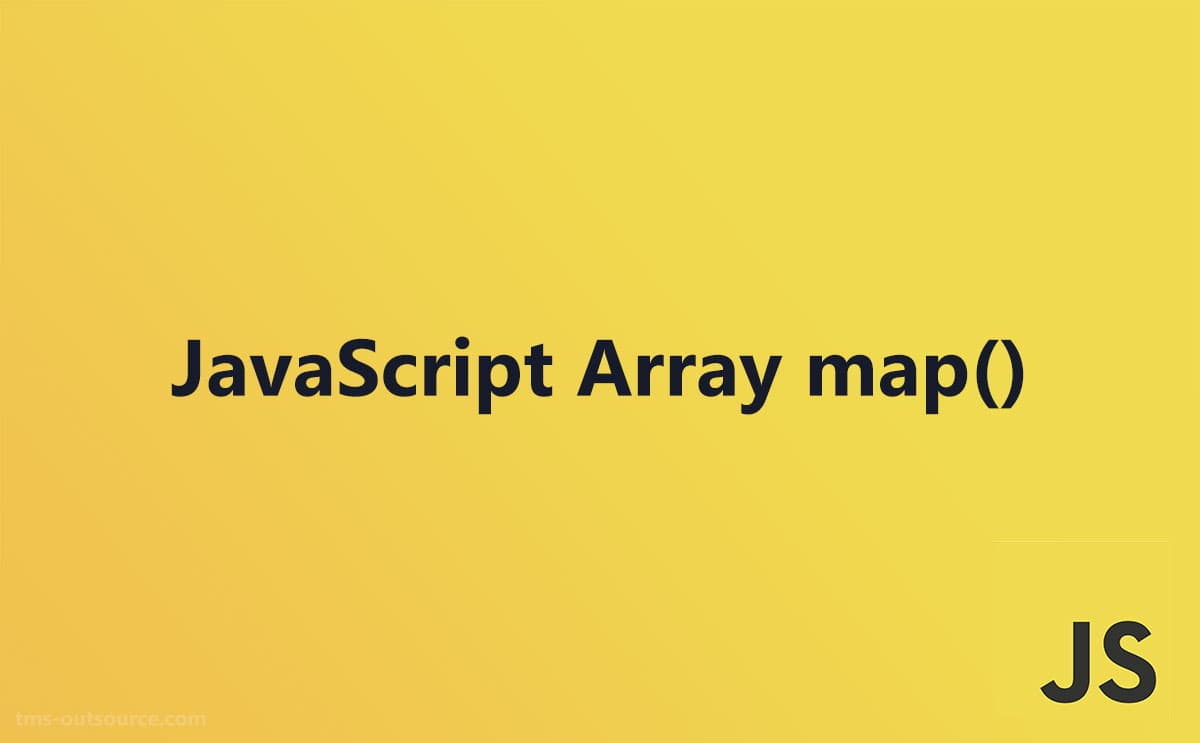TypeError: map is not a function💥

Alright, fellow devs, let's dive into the heart of JavaScript and tackle one of the most common early on gotchas – the .map() function. 🚀 It's a game-changer when it comes to zipping through arrays and jazzing up your data. But, there's this one roadblock that hits you like a banana peel: "TypeError: myArray.map is not a function." Fear not! It's not as cryptic as it sounds, and it's often just a simple case of missing data. Let's roll up our sleeves and fix this!
The Case of the "Not a Function" Error 🕵️♂️
So, you're jamming with JavaScript, using .map() like a pro, when suddenly, boom! You're hit with the infamous "not a function" error. Like WTH? This is a built in method right? Well, it's just JavaScript's way of saying, "Hey, I need an array to do this!"
Picture this: You're fetching data from an API, all excited, thinking it's an array, but surprise – it's not! You get something else, like a sneaky undefined, a tricky null, or even a sly object. What gives?
Detecting the Gremlin 👾
No worries; we'll play detective and get to the bottom of this. Here's your checklist:
-
Inspect the Data Source: If you're snagging data from an API, slap on your detective hat and dive into the response. Is it truly an array? If not, it's time to examine the API call or its documentation.
-
Check Your Variables: Fire up
console.log()to peek at the variable you're trying to map. It's like shining a flashlight into the dark coding cave – you'll see the data's type and what's lurking in there. -
Handling Missing Data: Ah-ha! If you discover that sometimes your data source goes poof, it's time to implement error handling. A nifty ternary statement can come to the rescue, providing a backup plan when the data vanishes into thin air.
Solution: Ternary Statements and Data Validation 💡
Now, the big moment – the fix! If your issue is a vanishing data act, a trusty ternary statement can save the day. Here's a sneak peek:
const dataArray = responseFromApi || []; // When data plays hide and seek, a fallback empty array to the rescue!
const mappedData = dataArray.map(item => item.someProperty);In this code, we give responseFromApi a quick check. If it's a no-show (falsy like undefined or null), we bring out the secret weapon – an empty array. This guarantees that .map() is always in its element.
Using .map() in Real Life Scenarios! 🎉
Alright, let's bring this home with a real-world example. Imagine you've got an array of user data, and you want a snazzy list of user names to flaunt on your webpage. Here's how you make it happen, step by step:
// Meet our cool users
const users = [
{ id: 1, name: 'Alice' },
{ id: 2, name: 'Bob' },
{ id: 3, name: 'Charlie' },
];
// Fire up .map() for a list of user names. It's always a good idea to use the ternary operator infront of data especially when data is conditionally rendering.
const userNames = users?.map(user => user.name);
// Boom! You'll get ['Alice', 'Bob', 'Charlie']The .map() function takes a ride through your users array, snags the name property from each user, and creates a brand-new array filled with those awesome user names. It's like magic, but better!
Wrapping It Up with a High-Five! 🙌
The "not a function" error might stump you for a moment, but it's usually just a sign of missing data or data types gone wild. With our detective skills and trusty ternary statements, we can conquer this error and keep our code running smoothly. So, go out there and code like a champ! 💪 Happy mapping, everyone! 🚀
PS
- Check out one of my favorite resources w3schools documentation.
- If you have any questions or comments, please reach out to me on LinkedIn (don't hesitate if you see something wrong)
